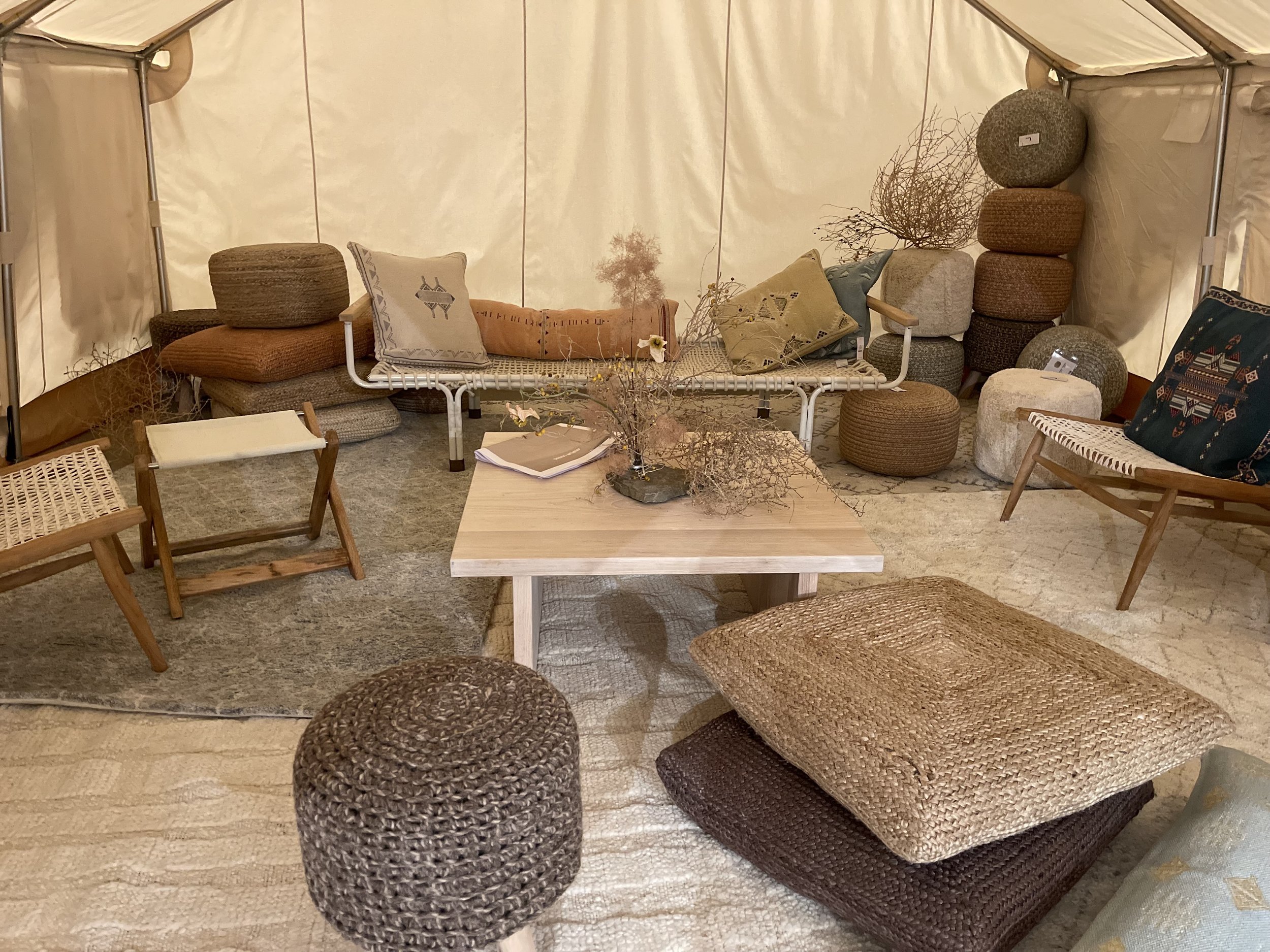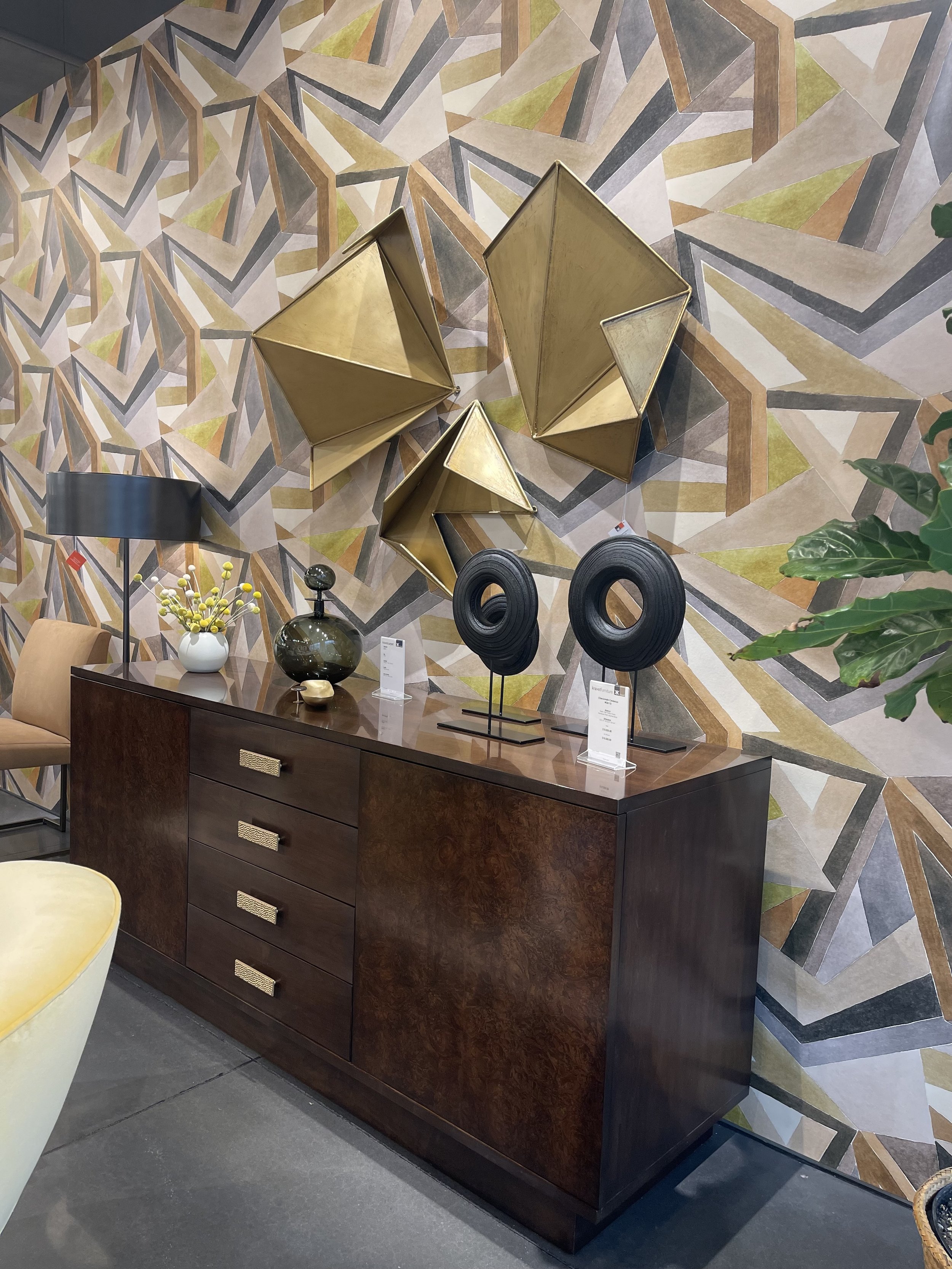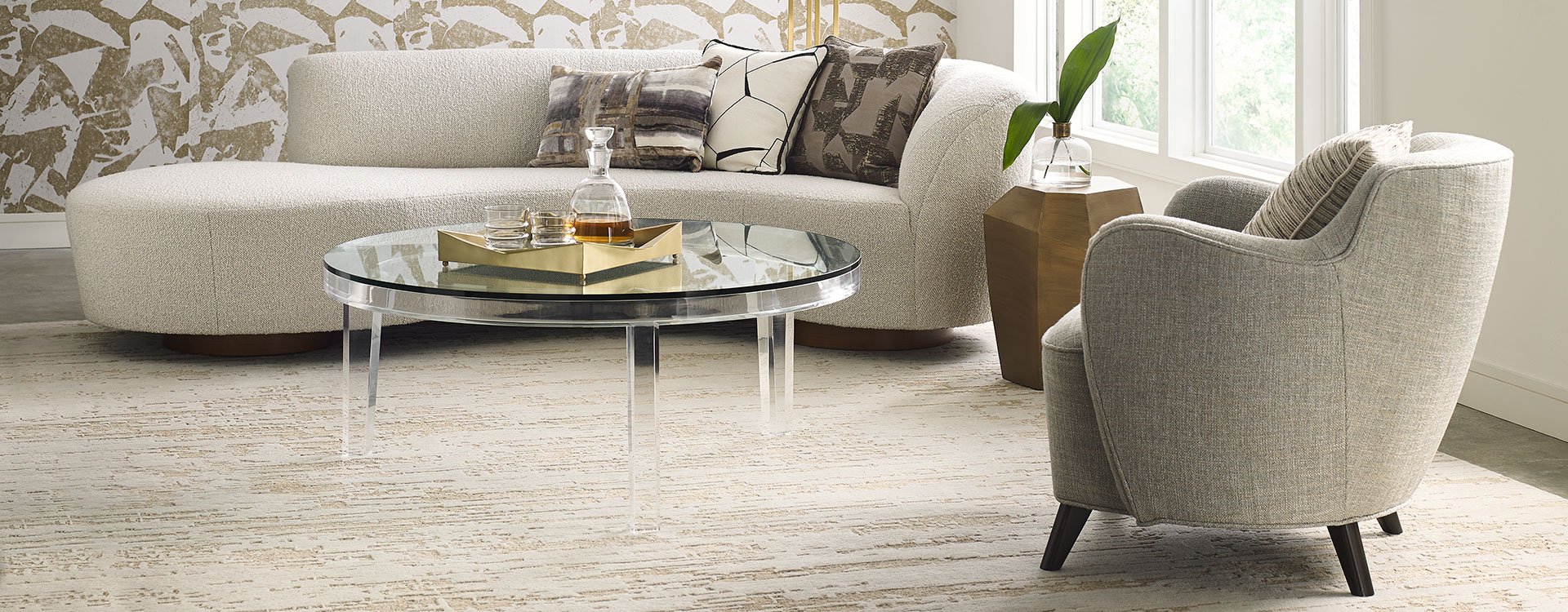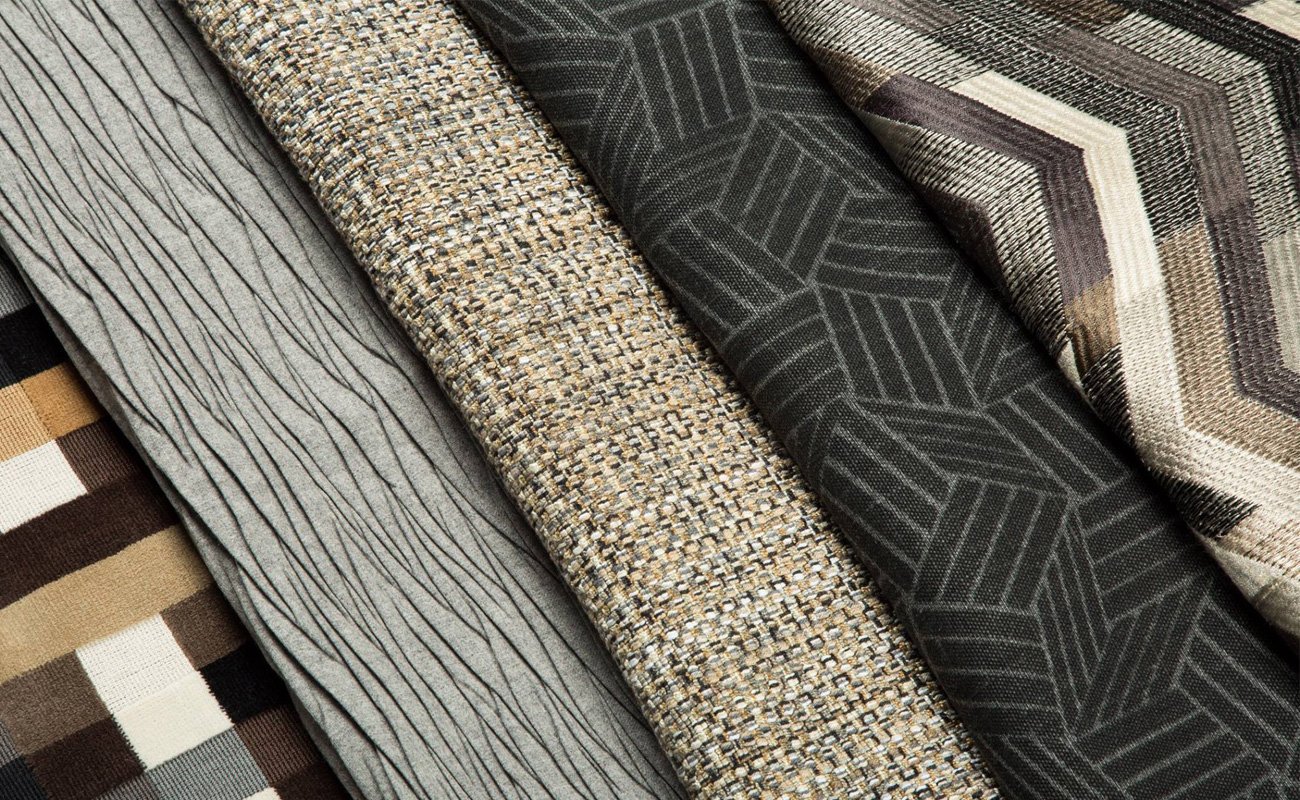“How do I attract more clients?”
Without a doubt, client attraction is one of the greatest challenges for businesses when developing an online marketing strategy. This is true not just for emerging online business owners, but even for veterans of the internet marketplace. Regardless of past success, client attraction remains an important element of your business, leading to increased referrals and long-term growth – as well as a steady revenue stream.
Attracting new clients requires two basic steps:
Creating or enhancing your brand
Identifying and appealing to your target audience
Being recognized as an expert in your niche, someone who can offer solutions is critical to your success. However, it’s just as critical to understand the needs, wants, and desires of potential clients. In other words, HOW you present yourself is as important as WHAT you have to offer, while knowing WHO to target is as important as knowing WHY they will benefit from your services.
Identify Your Ideal Client
To become a client attraction guru for your online business, you have to be able to step into your ideal clients’ heads. If you can create a clear profile of who they are and what they need or want, you’ll be able to speak to them in a way that will make them WANT to work with you! You can repeat this process over and over again when creating new products or services. The result is marketing materials you can use in multiple ways.
Of course, to accomplish this, there are a number of questions you’ll need to answer:
Who is your Ideal Client?
What are their Pain Points?
What are your Solutions?
What do they need to Know/Learn/Do to find a Resolution?
What is their Ultimate Why for Seeking your Help?
What is their Ultimate Outcome?
What will Success look like?
Ultimately, your goal is to answer the most basic question of all for them, “What’s in it for me?” If they can’t identify a benefit from working with you or from buying your product, they won’t.
When you’ve completed your Ideal Client Profile, develop one simple sentence to put it all together: what’s often called an “elevator statement”. When you’ve finished, you’ll discover a stunning type of clarity around who you want to work with and what you can do for them!
Your elevator statement can then be used in multiple ways: in conversations with potential clients; in networking situations; as material for your home page – and as inspiration for blog posts, articles, newsletters, and list-building materials.
If you have more than one ideal client, work your way through this process again to create a new profile. It’s just that easy, and that hard.
Once you’ve created your unique, identifiable brand and developed your ideal client profile, you can begin to generate content that enhances your identity and speaks directly to your target audience, enabling you to take your client attraction strategy to a new level.
Remember, Ted remains available for marketing and business consulting to the trade. Simply… Get in touch with TD Fall today.




















